Top 10 Methods to Create a Minimalist Interior Design
From the sleek minimalism of modern design to the cozy warmth of Scandinavian decor, explore 10 iconic interior styles to find the perfect aesthetic for your space. Whether you love bold bohemian vibes or timeless traditional elegance, this guide will inspire you to create a home that reflects your unique personality and lifestyle.
DECORATINGINTERIOR DESIGN
3/19/2025
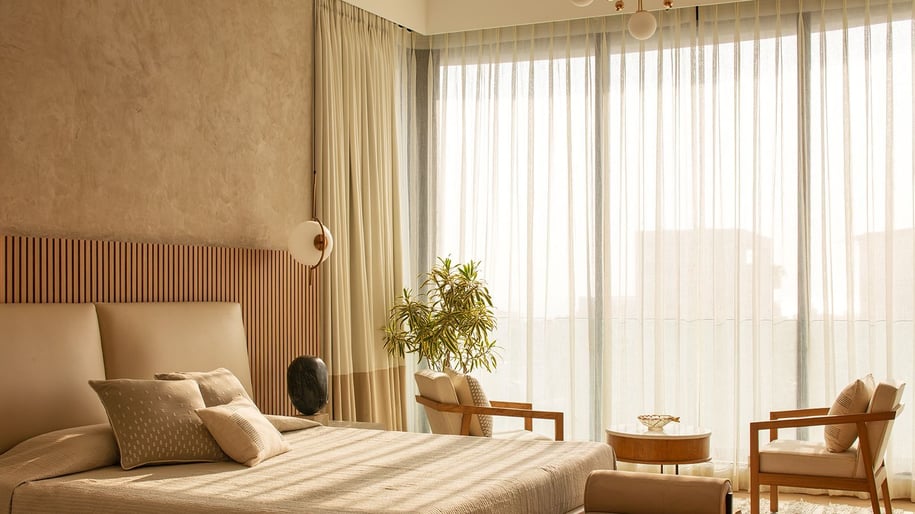

Minimalist interior design is all about simplicity, functionality, and elegance. By focusing on clean lines, neutral colors, and purposeful decor, you can create a serene and clutter-free space that exudes sophistication. Whether you're redesigning your home or just looking for ways to simplify your living environment, these ten methods will help you achieve a minimalist aesthetic that is both stylish and practical.
Embrace a Neutral Color Palette
Prioritize Functionality Over Decor
Declutter and Keep Only Essentials
Incorporate Clean Lines and Simple Shapes
Maximize Natural Light
Use High-Quality Materials
Limit Decorative Accessories
Opt for Monochromatic or Subtle Contrasts
Choose Minimalist Art and Wall Decor
Maintain Consistency Throughout the Home
1. Embrace a Neutral Color Palette
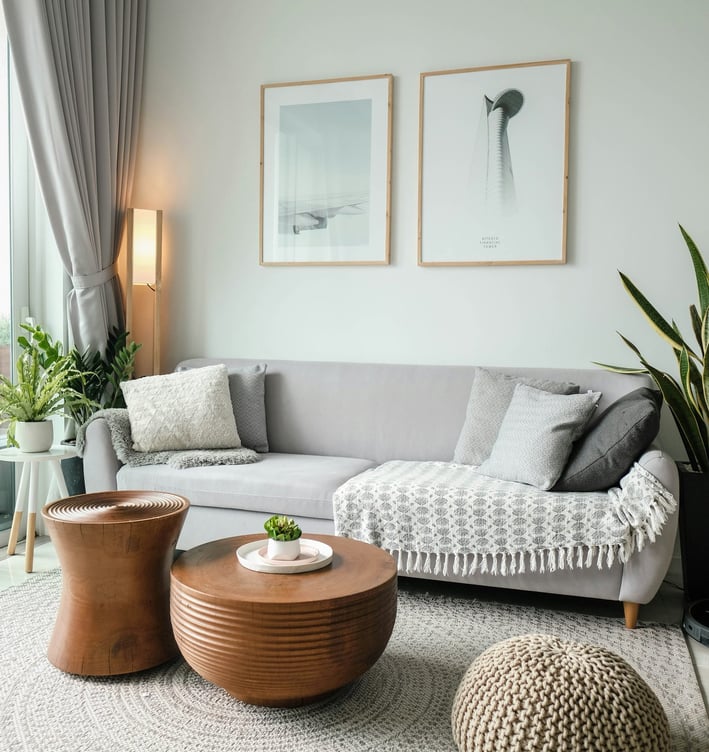

Minimalism is rooted in the principle that every item in your home should serve a purpose. Instead of filling your space with decorative objects that collect dust, focus on functional furniture and accessories. Choose pieces that offer storage solutions, such as ottomans with hidden compartments or sleek floating shelves. Multi-functional furniture, like a sofa bed or a dining table that doubles as a workspace, maximizes utility without sacrificing style.
By eliminating unnecessary items, you create a more organized and efficient living environment. This method not only enhances the aesthetic appeal of your home but also promotes a more mindful and intentional way of living.
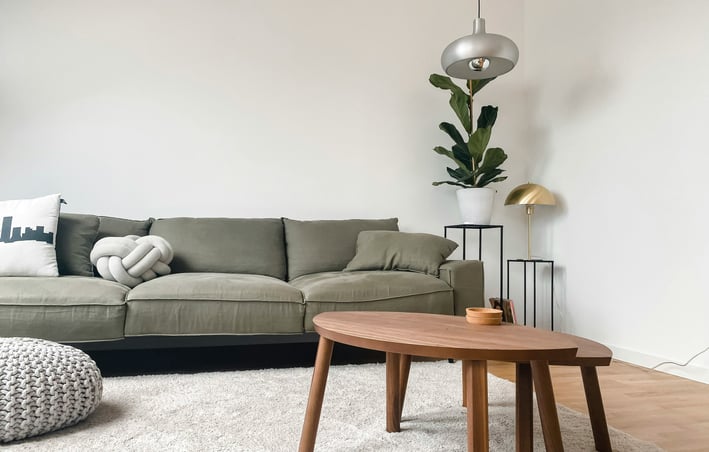

One of the core principles of minimalist interior design is reducing clutter. Start by evaluating each item in your home and keeping only what you truly need or love. Adopt the "less is more" philosophy by storing away or donating excess belongings. Open spaces should feel airy and unobstructed, with only a few carefully selected pieces on display. Use hidden storage solutions like built-in cabinets or under-bed drawers to keep everyday items out of sight. A clutter-free home not only looks more polished but also fosters mental clarity and relaxation.
By consciously curating your possessions, you create a space that feels intentional and harmonious.
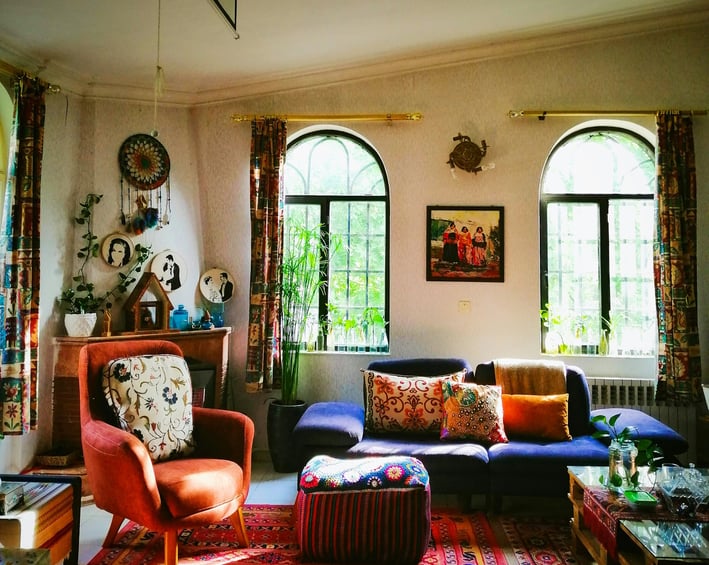

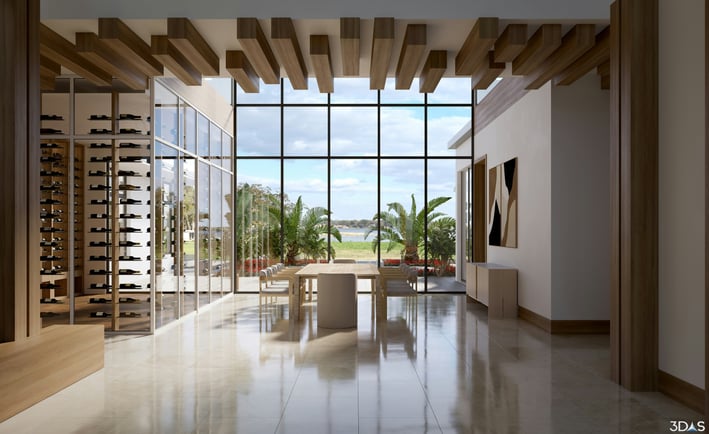

Minimalist design favors clean lines and geometric shapes over ornate detailing. Furniture with straight edges, smooth surfaces, and simple silhouettes contributes to a streamlined look. Avoid overly intricate patterns or bulky designs that can make a space feel chaotic.
Instead, opt for sleek sofas, angular coffee tables, and modular shelving units. The simplicity of these forms allows each piece to stand out while maintaining visual harmony. This method ensures that your interiors remain uncluttered and sophisticated, embodying the minimalist ethos of "form follows function."
A neutral color palette is the foundation of minimalist interior design. Shades of white, beige, gray, and soft earth tones create a calm and cohesive atmosphere. These colors make spaces feel larger and more open while allowing key design elements to stand out.
Avoid overly bright or bold colors that can disrupt the sense of tranquility. Instead, opt for subtle variations in texture and tone to add depth without overwhelming the space. Neutral walls, furniture, and decor create a timeless look that is easy to update with small accents. This approach ensures that your home remains elegant and uncluttered, embodying the true essence of minimalist design.
3. Declutter and Keep Only Essentials
2. Prioritize Functionality Over Decor
4. Incorporate Clean Lines and Simple Shapes
Natural light plays a crucial role in minimalist interiors, making spaces feel brighter and more expansive. Avoid heavy curtains or dark window treatments that block sunlight. Instead, use sheer fabrics or leave windows bare to allow maximum light penetration.
Mirrors can also enhance natural light by reflecting it across the room. A well-lit space feels more inviting and open, reinforcing the minimalist emphasis on simplicity and clarity. If additional lighting is needed, opt for sleek, unobtrusive fixtures like recessed lighting or minimalist pendant lamps.
5. Maximize Natural Light
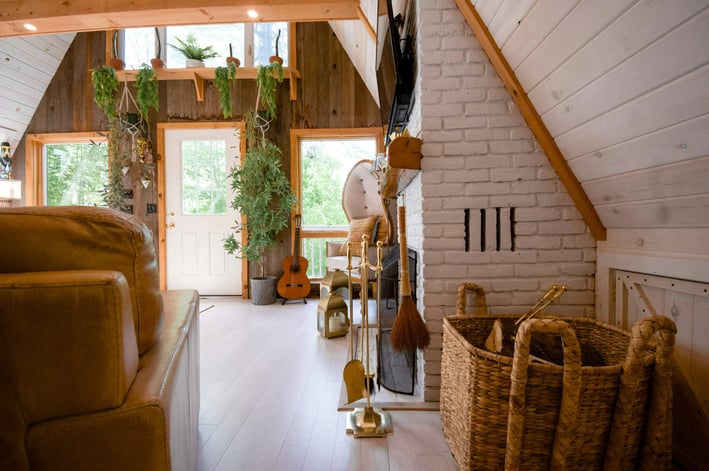

6. Use High-Quality Materials
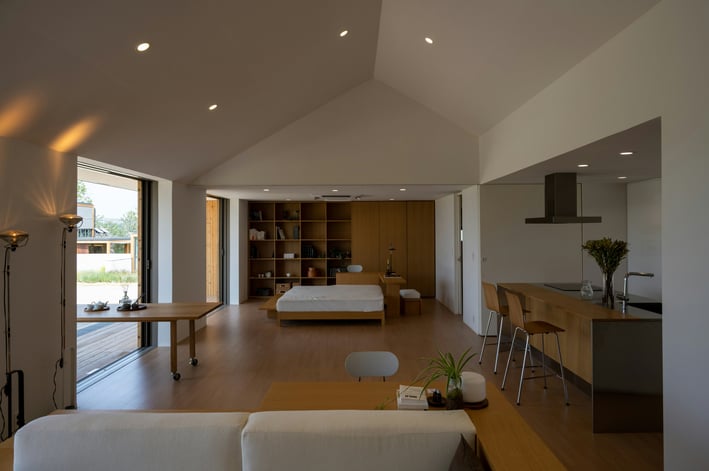

Minimalist design relies on quality over quantity. Investing in durable, natural materials like wood, stone, and metal ensures longevity and elegance. These materials age beautifully and add warmth to an otherwise neutral space.
Avoid cheap, mass-produced items that can detract from the refined aesthetic. Instead, focus on well-crafted furniture and finishes that exude sophistication. Sustainable materials like bamboo, linen, and recycled metals also align with the minimalist philosophy of mindful consumption.
7. Limit Decorative Accessories
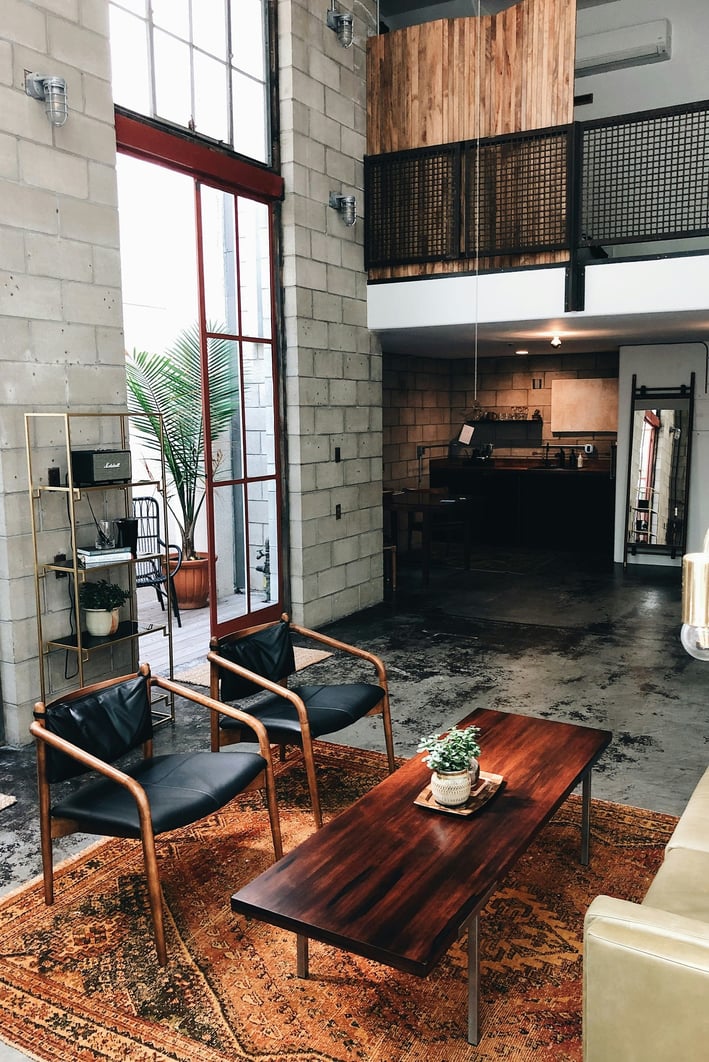

In minimalist interiors, every decor piece should be intentional. Instead of filling shelves with knick-knacks, choose a few statement items like a single piece of art, a sculptural vase, or a well-designed clock. Negative space is just as important as the objects themselves, allowing each element to breathe. This restraint creates a sense of balance and sophistication. If you enjoy rotating decor, consider seasonal swaps rather than permanent displays to maintain simplicity.
8.Opt for Monochromatic or Subtle Contrasts

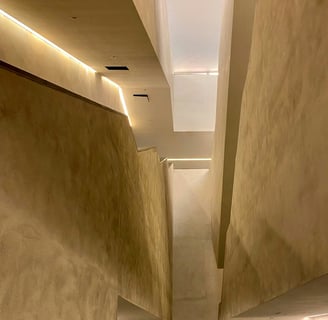
While neutral colors dominate minimalist design, subtle contrasts can add depth. A monochromatic scheme with varying shades of the same color creates a cohesive look. Alternatively, introduce soft contrasts—such as black accents against white walls—to prevent the space from feeling flat.
The key is maintaining harmony without overwhelming the senses. This approach keeps the design refined and visually engaging.
9. Choose Minimalist Art and Wall Decor
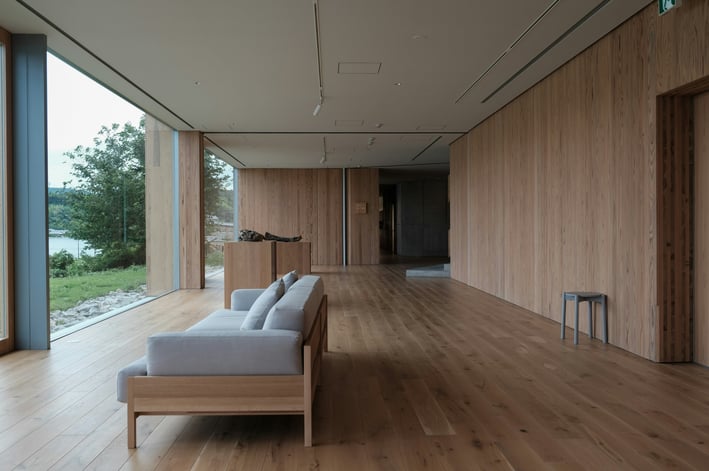

Art in minimalist spaces should be understated yet impactful. Large-scale abstract paintings, black-and-white photography, or simple line drawings work well. Avoid overcrowding walls with multiple frames; instead, let one or two pieces command attention. Floating shelves with a few curated books or a single plant can also serve as subtle decor. The goal is to enhance the space without creating visual noise.
10. Maintain Consistency Throughout the Home
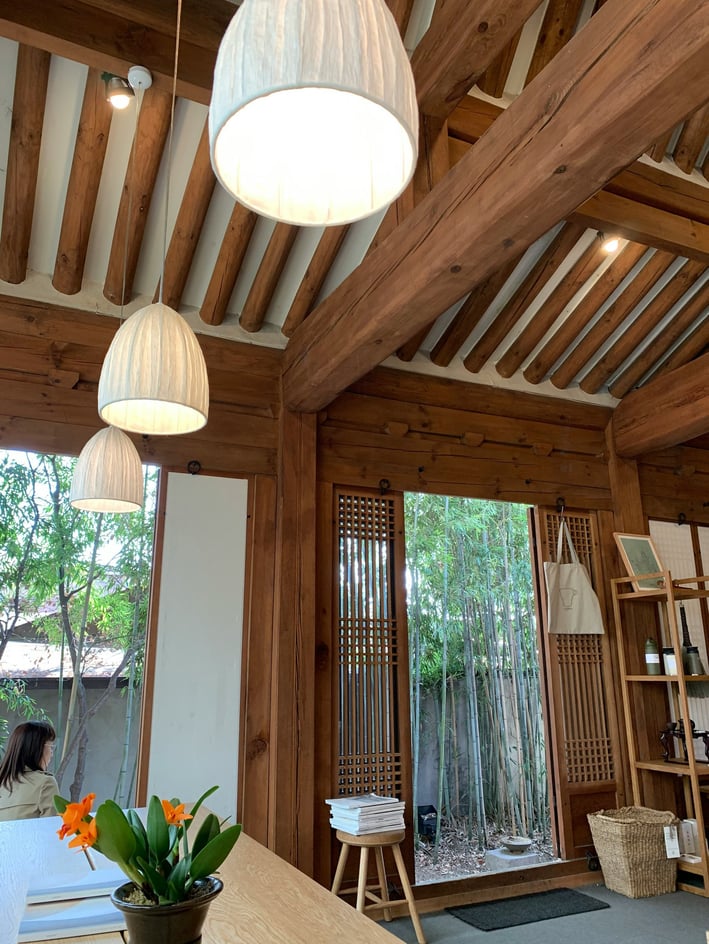

A cohesive design language ensures that every room feels connected. Repeat similar colors, materials, and furniture styles to create a unified flow. Open floor plans enhance this continuity, making the home feel more spacious. By maintaining consistency, you reinforce the minimalist principles of simplicity and order, resulting in a harmonious living environment.
Final Thoughts
Minimalist interior design is about intentionality, simplicity, and elegance. By embracing neutral tones, functional furniture, and uncluttered spaces, you can create a home that feels serene and sophisticated. These ten methods provide a roadmap for achieving a minimalist aesthetic that is both timeless and practical. Start small, focus on quality, and enjoy the tranquility of a beautifully simplified space.
MOST READ
HOUSE TOURS
Stunning 2700 Sq. Ft. Nalukettu Home with a Modern Touch
2 MIN READ
HOUSE TOURS
Exploring a 5BHK Contemporary Home in Kerala
2 MIN READ
HOUSE TOURS
Elegant 3BHK Home Tour
2 MIN READ
HOUSE TOURS
Inside a Stunning Rs. 2 Crore Dream Home in Palai, Kerala – UrbanSpacee’s First Home Tour!
3 MIN READ
Follow Us
Explore smart furniture ideas for modern living.
For Enquiry
contact: info@urbanspacee.com,
+91 91886 37751
© 2025. All rights reserved./Terms and Conditions/Privacy policy
Newsletters
This blog contains affiliate links.For promoting there products ,we may earn a commission if you purchase through these links, at no extra cost to you.
